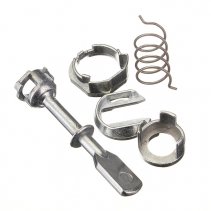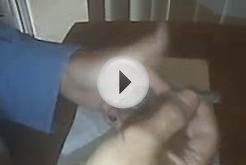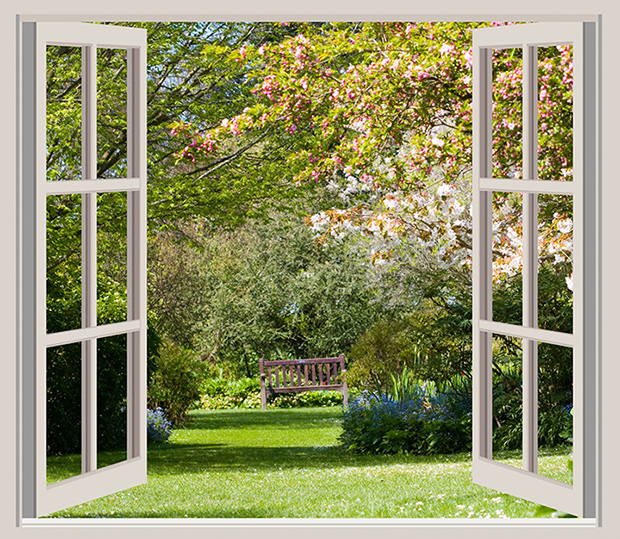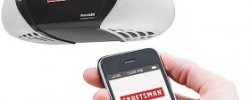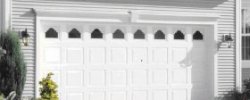Expert advice on how to repair problems with stuck or frozen door locks, keys that don’t work, and latches that don’t latch.
Many door knob and lockset problems can be corrected before they become so serious that the lockset does not work at all. Often, a malfunctioning latch assembly or lock mechanism causes the problem. An improperly functioning latch may be the result of a poorly fitting door. The lock mechanism may not work simply because the lock is dirty or dry and needs to be lubricated with graphite (do not use any type of oil because this will gum-up the works).
For serious lock problems, it is usually best to call a locksmith or to replace the lock entirely. Most interior door knobs are relatively inexpensive to replace; it doesn’t really pay to have these professionally repaired unless they are special. You can buy door knobs online.
Exterior latches and locksets, on the other hand, can be very pricey. If you need a pro to fix problems with a high-quality door knob or lockset, removing the hardware and taking it to a locksmith is usually far less expensive than having the come to you.
Door Latch Is Misaligned
If a door latch does not operate smoothly, the latch bolt on the door may not be lined up properly with the strike plate on the doorjamb. Repairs range from making minor latch adjustments to repositioning the door.
If the latch does not catch, close the door slowly to watch how the latch bolt meets the strike plate. The bolt may be positioned above, below, or to one side of the strike plate. (Scars on the strike plate will show where it is misaligned.) It is also possible the door has shrunk and the latch no longer reaches the strike plate. Once you have figured out the problem, try one of the methods shown here.
For less than a 1/8-inch misalignment of the latch bolt and strike plate, file the inside edges of the plate to enlarge the opening.
If the latch does not reach the strike plate, shim out the plate, or add another strike plate. If the latch still will not reach, shim out the door’s hinges. Replace the door with a wider one as a last resort.
For more than a 1/8-inch misalignment, remove the strike plate and extend the mortise higher or lower as necessary. Replace the plate, fill the gap at the top or bottom with wood putty, and refinish.
Doorknob Is Loose
Doorknobs may become loose over time. Methods of tightening them depend upon the type of lockset. You can tighten a simple interior mortise lockset like the one shown at left as follows:
1) Loosen the setscrew on the knob’s shank.
2) Hold the knob on the other side of the door, and turn the loose knob clockwise until it fits snugly. Then tighten the screw until you feel it resting against the flat side of the spindle. The knob should turn freely.
3) If this does not help, remove the knob and check the spindle; if the spindle is worn, it must be replaced. If the whole lockset is worn, it is best to replace it entirely.
Door Lock & Key Problems
Door latches and locks are somewhat complex pieces of hardware with several working parts that can go wrong and cause them to be unworkable or balky. For helpful do-it-yourself repair techniques for fixing common lock and latch problems, please see How to Repair Door Locks.
Door Key Doesn’t Work
If your door key doesn’t work right, the first and most obvious step is to be sure you’re using the right key. Once you get the door open, try the key again. If it works easily, the deadbolt isn’t engaging the strike plate properly. If it doesn’t work any easier, lubricate the lock with graphite. Then spray a little graphite onto the key and try it several times.
If the key turns but doesn’t unlock the lock, disassemble the lock so that you can be sure the cam or tang is properly engaged with the bolt. Replace any broken parts and reassemble the lock.
Is the lock frozen? If the key won’t go into the lock, ask yourself if the weather is cold enough for the lock to be frozen. If it is, you can heat the key and insert it gradually into the keyway. Repeat heating and inserting the key until the ice has melted. Or you can use a lock de-icer, as discussed below under Door Lock Works Slowly.
Is the key new? A new key that won’t go in or work properly may have rough spots that need to be filed off. To find them, hold the key over a candle to blacken it with soot and then turn it very slightly in the lock and remove it. File down any shiny areas where the soot was removed by the rough spots.
Door Lock Works Slowly
Exterior locks can freeze, interior locks get dirty, and small internal parts eventually wear out or break. Before you buy a replacement lock, try some quick remedies:
Put some graphite into the keyhole, either by squeezing it from a tube or dusting it onto a key, and then operate the lock a few times to work the graphite into the mechanism.
Lock de-icers contain alcohol and other lubricants that help to dissolve gummy, dirty deposits. The last resort is to disassemble the lock to see if something has jammed or is broken—you may be able to set it straight or replace the part without buying a whole new lock.
Entire Lock Cylinder Turns
A cylinder turns when the setscrew(s) meant to hold it in place become loose or broken.
Mortise lockset: Remove the faceplate (if there is one) at the door’s edge and locate the one or two cylinder setscrews. They should be in line with the center of the cylinder. Tighten the setscrew(s) by turning clockwise—be sure they engage the slot that runs along the edge of the cylinder (the key slot should be perfectly vertical). Replace the faceplate.
Surface-mounted rim lock: Unscrew and remove the cover, called a “case.” Tighten the cylinder setscrews. Replace the case.
Lock Doesn’t Latch Properly
When a door latch doesn’t click into position, it usually means the latch and the strike plate are out of alignment. Tighten the hinge screws and then try adjusting the strike plate by loosening its screws and shifting it slightly.
When possible, it’s easier to file the slot in the strike plate a little bit so that it will receive the latch. Shifting the strike plate’s position usually involves mortising the jamb, filling part of the old mortise, and so forth. You can also solve misalignment by replacing the strike plate with an adjustable one.

